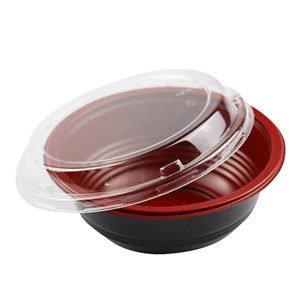Introduction: As consumer demand for safe and sustainable products continues to grow, the future of microwave-safe containers is evolving. Innovations in materials, design, and sustainability are shaping the next generation of microwave-safe containers. In this blog, we explore the exciting advancements and sustainable solutions that promise to redefine microwave-safe food storage.
- Plant-Based Microwave-Safe Plastics With the focus on reducing plastic waste and environmental impact, researchers and manufacturers are developing plant-based microwave-safe plastics. These biodegradable materials, derived from renewable sources like corn or sugarcane, offer a sustainable alternative to traditional plastics. Plant-based microwave-safe plastics not only reduce our reliance on fossil fuels but also break down naturally, reducing their contribution to plastic pollution.
- Silicone Containers: Versatility and Durability Silicone has emerged as a popular material for microwave-safe containers due to its unique properties. Silicone containers are flexible, making them easy to fold and store, and they are also microwave, oven, and freezer safe. Moreover, silicone is a durable material that can withstand repeated use, reducing the need for disposable containers.
- Smart Containers for Enhanced Functionality The integration of technology into microwave-safe containers opens up a world of possibilities. “Smart” containers equipped with sensors and microprocessors can adjust cooking times and temperatures automatically, ensuring optimal heating and cooking results. Additionally, these containers can connect to smartphones, enabling users to monitor food status and receive alerts remotely.
- Circular Economy Initiatives As sustainability gains prominence, manufacturers are exploring circular economy initiatives for microwave-safe containers. Recycling programs that allow consumers to return used containers for recycling and repurposing into new products reduce the environmental impact of single-use containers. This approach aligns with the goal of minimizing plastic waste and promoting a more sustainable lifestyle.
Conclusion: The future of microwave-safe containers is exciting and promising. Advancements in plant-based plastics, silicone materials, and smart technology are transforming the way we store and heat food. Moreover, sustainable practices, such as circular economy initiatives, are paving the way for a greener and more environmentally responsible approach to microwave-safe food storage. As these innovations continue to develop, consumers can look forward to safer, more sustainable, and user-friendly microwave-safe containers in the years to come.

















